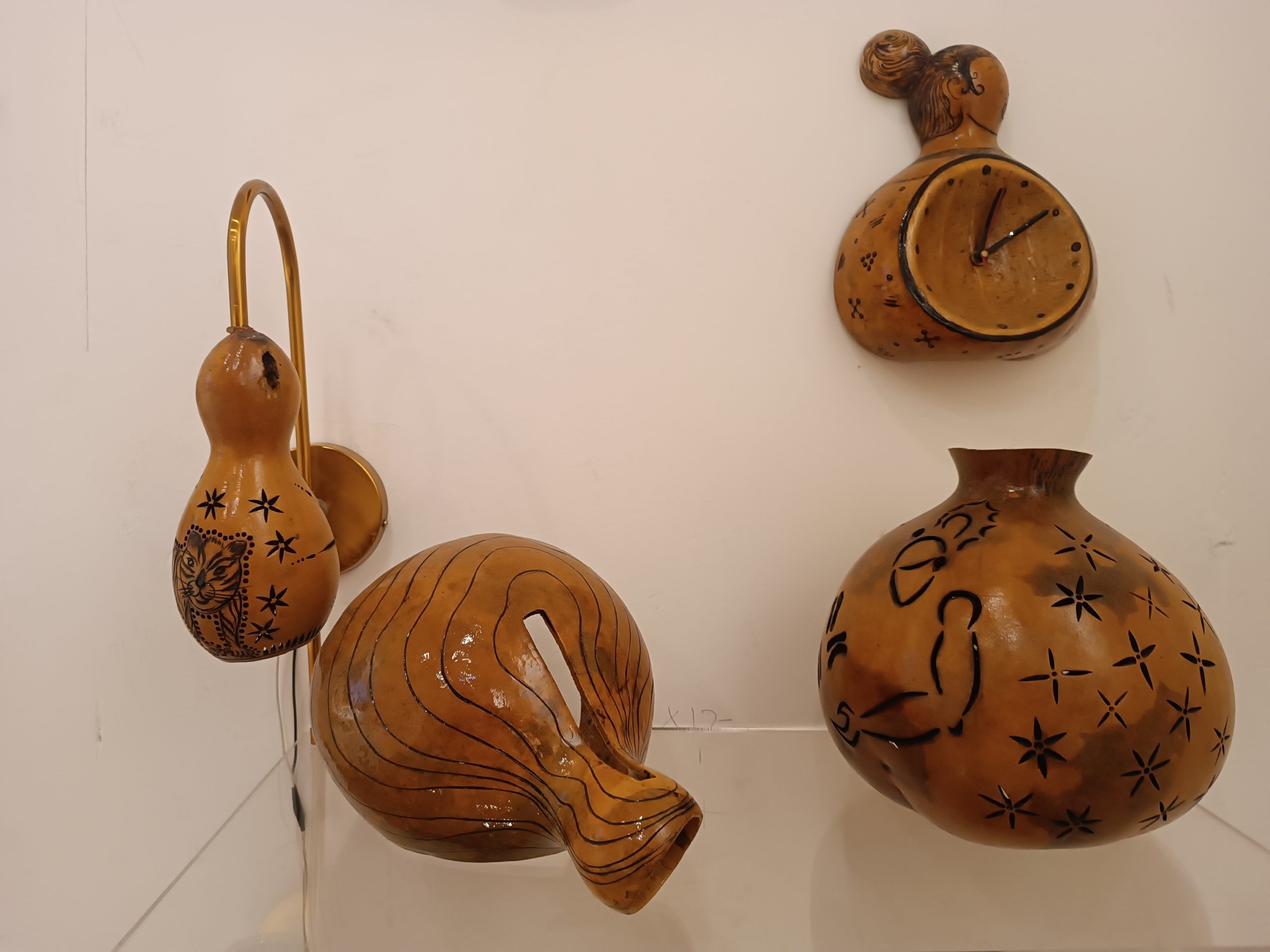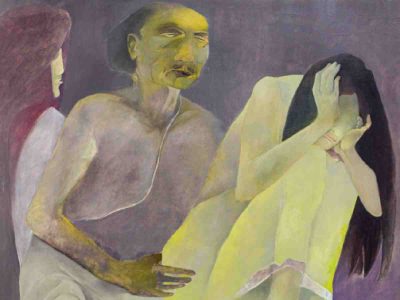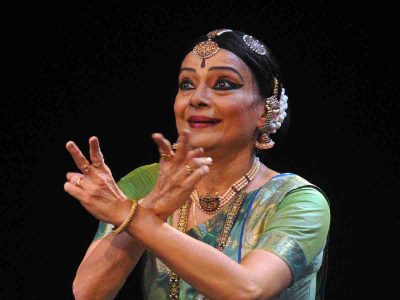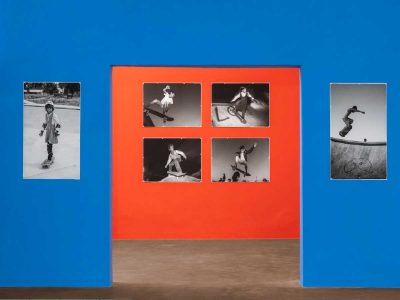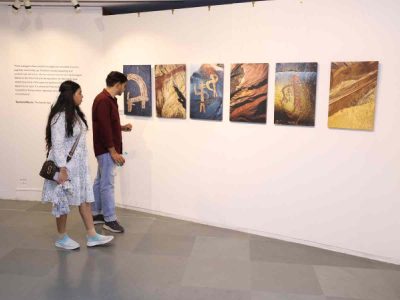At the first glance, sitting over the dais, Gourav seems to be intricately cutting a wooden stem layer by layer. The precision with which he moves his knife results in turning the simple stem into a paper roll.
He ties the roll with a rubber band, pushes it with his dexterous hands, magically converting the stem into a flower. He finally presents the flower with a smile to the visitors in front of him.
“This art is called Sholapith. This stem is shola. We collect stems during the monsoon from the river banks,” answers the 32-year-old artist.
A Sholapith craftsman also known as Malakar, spends months to craft each piece and meticulously hand carve its details with the sharp-edged knives and scalpels.
“At times, it takes me months to complete an intricate design like this,” he says while pointing to the beautiful blue house hanging in the middle of the exhibition hall.
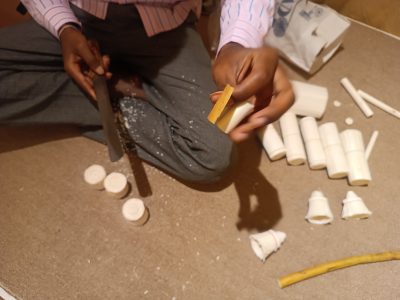
Sholapith is an art of making delicate, intricate objects from the soft, supple, and porous core of the shola stem, an aquatic herb found in the marshy region of West Bengal and Orissa. Craftsmen use it for various traditional and artistic purposes such as crafting idols, decorative items, masks, headgear among others.
“I learned this from my father. It is our ancestral occupation. But now very few people are pursuing it. The work demands long hours of sitting, which the younger generation is not interested in,” he adds.
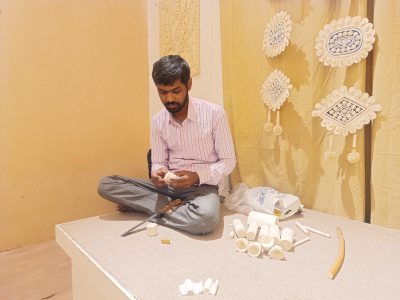
Malakars are part of the 50 artists exhibiting their craft in the inaugural Indian Art, Architecture & Design Biennale (IAADB) 2023 being held at the Aatmanirbhar Bharat Centre for Design, Red Fort from December 9 to 15. The art exhibition includes artists from states like West Bengal, Orissa, Karnataka and Tamil Nadu.
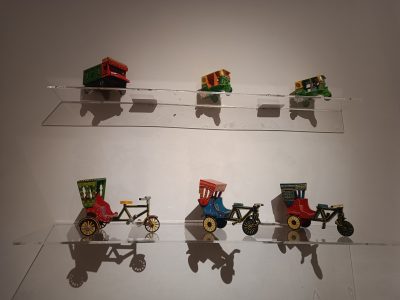
The centre is housed in a colonial-era barrack dating back to the 1861 on the Red Fort premises, a site of historical and cultural importance.
The centre has been established with the hope that it will pave way for a sustainable cultural economy derived from the indigenous crafts of India by empowering the artisan communities with new designs and innovations.
The exhibition focussed on the ‘dying arts of India’ like Sholapith from West Bengal, Pattachitra from Orrisa, Channapatna from Karnataka and hand-knotted Jairpur rugs from Rajasthan among others.
Though unique in their form, most of these art-forms are ‘dying’ due to the arrival of plastic, modern technology and a growing disinterest in handicrafts.
Piyash Pratim Sarkar, a wood and ivory carving artist from West Bengal, is one such artist.
Sarkar says he left his craft after the ban on ivory. “It became difficult to sustain after the ban. But then some acquaintances again started the work by using wood and other similar materials.”
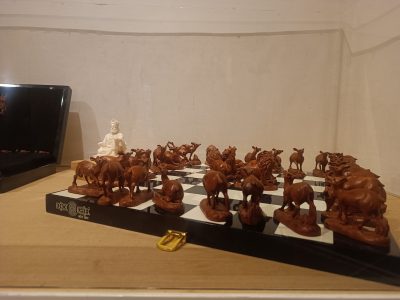
With three decades of experience in carving, Sarkar makes unique and intricate designs.
His latest one, a chess board with intricately carved pawns, kings, queens, elephants and horses, is among the attractions for visitors. He hopes that the exhibition would bring back interest in the lost art-forms.
Malakars like Gourav remain in demand especially during the Durga Puja, when their works are used as decorative items.
“The change in rainfall pattern is a big problem for us. If it doesn’t rain or there is a cyclone, finding the shola (stem) becomes difficult. The prices also go high,” says Gourav.
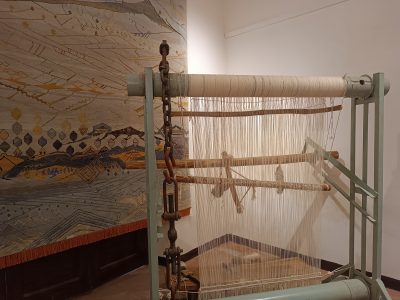
Other crafts and products like Jaipur rugs, Channapatna, Ganjifa playing cards of Odisha, Kannauj’s perfume, Chhattisgarh’s Tumba were also displayed at the exhibition.
Jayadev Moharana, a Pattachitra artist from Puri’s Raghurajpur, is also very hopeful about the exhibition.
“PM Narendra Modi inaugurated the exhibition. I am hopeful that it will bring a lot of attention to our craft,” he says.
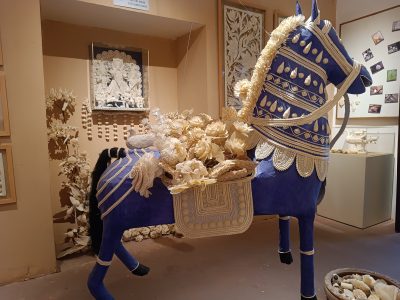
Moharana comes from Odisha’s Raghurajpur village, a region known for its traditional Pattachitra craft. Holding the ‘Patta’ which is made of cloth and organic glue, he explains, “We just use organic colours, glue and cloth to make these beautiful designs.”
I learned this craft from my father. My family has practiced this craft for the last four generations, he says.
We make paintings of gods and goddesses. This form of art is closely related to the cult of Shri Jagannath and the temple traditions in Puri, he explains when asked about the history.
Believed to have originated as early as the 12th century, it is one of the most popular living art-forms, and people in Odisha practice it to this day. ‘Patta’ means cloth, and ‘Chitra’ means picture. Hence, Pattachitra is a picture painted on a piece of cloth.
Artists like Moharana, Gourav and Sarkar, who have been carrying the legacy despite challenges, hope that the exhibition and the new centre for design will help save these dying crafts of India.

